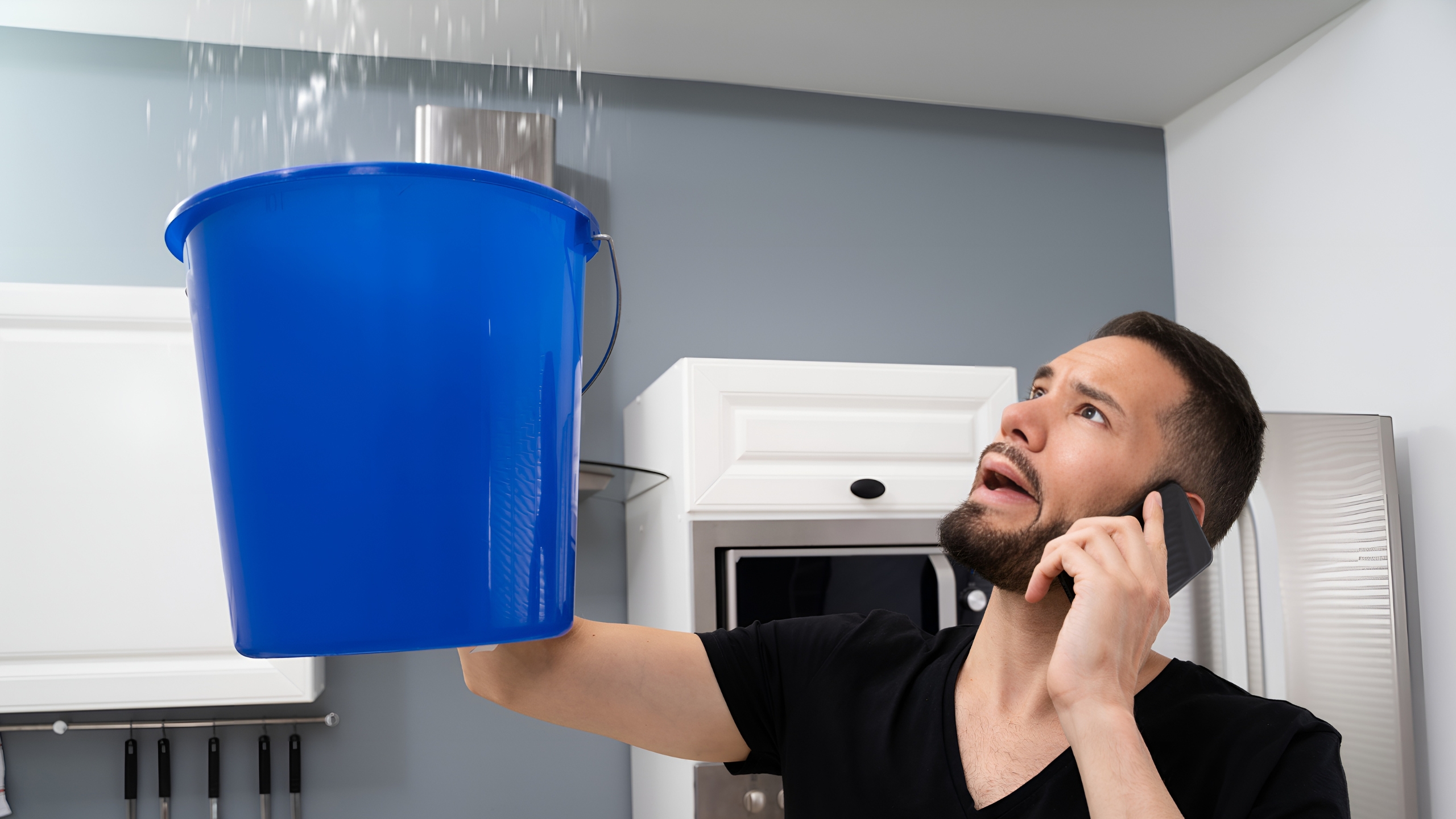
Water damage is a common and costly problem that many homeowners face during the rainy season. Taking proactive measures to protect your home from water intrusion can save you from significant repairs and potential health hazards. This comprehensive guide will provide you with effective strategies to prevent water damage during the rainy season.
1. Inspect and Maintain Your Roof
Regular Roof Inspections
Inspect your roof at least twice a year, especially before the rainy season begins. Look for damaged or missing shingles, cracks, and other signs of wear and tear that could allow water to seep into your home.
Repair and Replace Damaged Shingles
Promptly repair or replace any damaged shingles or roofing materials. Ensuring your roof is in good condition is the first line of defense against water damage.
Clean Gutters and Downspouts
Clogged gutters and downspouts can lead to water overflow, which can damage your roof, walls, and foundation. Clean them regularly to ensure they are free of debris and functioning properly.
2. Seal Windows and Doors
Check for Gaps and Cracks
Inspect the seals around windows and doors for any gaps or cracks where water could enter. Pay special attention to areas where different building materials meet, such as between the window frame and the wall.
Apply Weatherstripping and Caulk
Apply weatherstripping around doors and windows to create a watertight seal. Use caulk to seal any cracks or gaps in the exterior walls, especially around window and door frames.
3. Maintain Your Home’s Exterior
Inspect and Repair Siding
Check your home’s siding for any cracks, holes, or damage that could allow water to penetrate. Repair or replace damaged siding to maintain a waterproof barrier.
Ensure Proper Drainage
Make sure the ground around your home slopes away from the foundation to prevent water from pooling and seeping into the basement or crawl space. Install or repair drainage systems such as French drains or trench drains if necessary.
4. Protect Your Basement
Install a Sump Pump
A sump pump is an essential tool for keeping your basement dry. It pumps out water that accumulates in the sump basin, preventing flooding. Ensure your sump pump is in good working order before the rainy season and consider installing a backup pump for added security.
Waterproof Your Basement Walls
Apply waterproof sealant to your basement walls to prevent water infiltration. This is especially important if you live in an area prone to heavy rainfall and flooding.
Check for Cracks and Leaks
Inspect your basement walls and floor for any cracks or leaks that could allow water to enter. Seal any cracks with waterproof epoxy or concrete sealant.
5. Maintain Your Plumbing System
Inspect Pipes and Fixtures
Regularly inspect your plumbing system for leaks, drips, or any signs of corrosion. Pay special attention to pipes in the basement, crawl space, and other areas prone to moisture.
Insulate Exposed Pipes
Insulate exposed pipes to prevent condensation and reduce the risk of leaks. This is particularly important in colder climates where pipes can freeze and burst.
Install Water Alarms
Water alarms can detect leaks early and alert you before they cause significant damage. Install these alarms in areas prone to leaks, such as under sinks, near water heaters, and in the basement.
6. Monitor and Maintain Your Foundation
Inspect Foundation for Cracks
Regularly inspect your home’s foundation for cracks or signs of settling. Cracks can allow water to seep into your basement or crawl space, leading to significant damage.
Repair and Seal Cracks
Use epoxy or polyurethane injection to repair and seal any cracks in your foundation. This helps prevent water infiltration and protects your home’s structural integrity.
Install a Vapor Barrier
Install a vapor barrier in your crawl space to prevent moisture from the ground from entering your home. This can help reduce humidity levels and prevent mold growth.
7. Prepare for Emergencies
Create an Emergency Kit
Prepare an emergency kit with essentials such as flashlights, batteries, a first-aid kit, and important documents. Include items like a battery-powered sump pump, waterproof tarps, and sandbags to help protect your home during a flood.
Develop a Flood Response Plan
Create a flood response plan for your family. Know how to shut off utilities, where to go in case of evacuation, and have contact information for emergency services readily available.
Conclusion
Preventing water damage during the rainy season requires proactive measures and regular maintenance. By inspecting and maintaining your roof, sealing windows and doors, ensuring proper drainage, protecting your basement, maintaining your plumbing system, monitoring your foundation, and preparing for emergencies, you can safeguard your home from costly water damage. Taking these steps will help keep your home dry, safe, and comfortable throughout the rainy season.